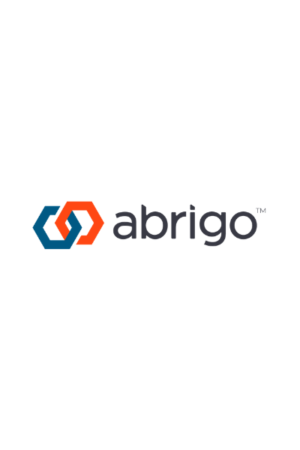Why analyze peer institutions?
A peer analysis – where a bank compares its performance to that of similar institutions - equips bankers to think strategically about a bank’s current position in its competitive environment and to consider its current progress toward a strategic plan.
Strategic planning for a bank’s future generally encompasses creating a “SWOT” analysis to identify current strengths, weaknesses, opportunities, and threats. Such an analysis gives bankers the opportunity to analyze internal and external factors that impact the bank or credit union. Using peer data is an efficient and effective way to identify strengths and weaknesses for this analysis.
A peer analysis can be very helpful in a myriad of ways. Specifically, for:
- Tracking the performance of a financial institution over time
- Creating goals for an institution relative to its competition
- Seeing what banks at the "next level" are doing and the numbers a given bank must achieve to reach that level
- Tracking market share when planning to open new branches and deciding where those branches should be located
- Benchmarking executive pay
What is a peer institution?
A peer bank is more than just a like-sized institution. In fact, how to determine an appropriate set of peer banks depends on what is being analyzed. Peers should be defined differently for each of these three purposes:
- Strategic analysis and performance tracking (points 1-3 above)
- Market analysis (point 4 above)
- Compensation benchmarking (point 5 above)
Defining peers for strategic analysis and performance tracking
Strategic analysis and performance tracking can be performed jointly because in both cases it’s appropriate to create and use a group of strategic peers and then track their performance until it makes sense to reassess and redefine the peer group.
When selecting peers, limit the number of peers to 10-20 in order to ensure a manageable and meaningful analysis. Because market consolidation is common, it may be smart to err on the side of larger peer groups that will remain meaningful in size. When selecting peers, include some banks that are smaller and some that are larger by total assets to allow for a broad view of the competition. However, the size of peer banks should still fall into the same general size category to avoid comparing against significantly larger or smaller institutions.
Asset size and geography are often the first criteria used to define a peer group, but there are a number of other important factors to consider when comparing performance. Also, consider banks that are similar to the institution according to the following dimensions:
- Capital adequacy
- Asset quality
- Profitability
- Liquidity
- Loan mix and deposit mix
- Sensitivity to interest rate risk and market risk
Analyzing market competitors


